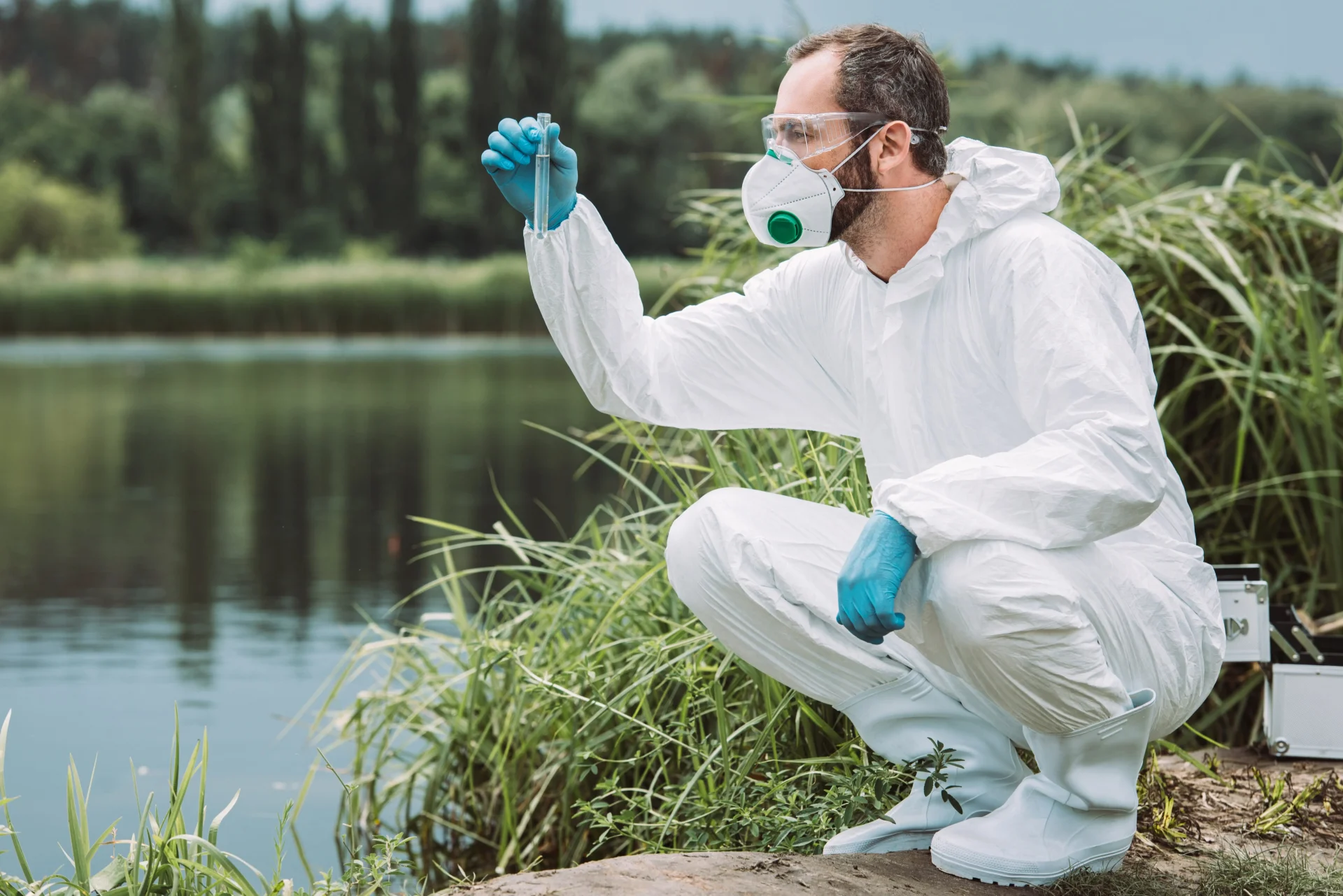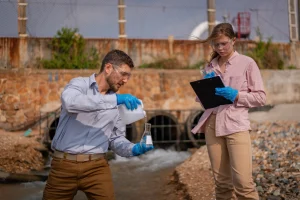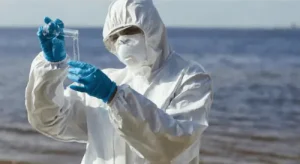
New water toxicity-testing technology ready to scale down for field use
A new nanotechnology process developed by Oxford University research scientists has seemingly been proven to simplify and reduce the cost of testing water for chemical pollution and toxicity levels.
The technology, now in its next phase of development via a university spin-out company – Nanolyse Technologies – could transform the protection of human health and the environment against chemical pollution caused by toxic, heavy metals dissolved in water.
Dr Imad Ahmed, founder and CEO of Nanolyse, explained: “Current technology and processes for measuring water toxicity levels means transporting samples to a laboratory for analysis. Separating and analysing different ‘species’ of toxic chemicals relies on costly, complex chromatography and mass spectrometry equipment housed in university research and industrial laboratories, needing PhD-level qualified operatives.
“This hampers effective and streamlined pollution control when what we need are bioavailability-based environmental regulations which restrict the types of toxic metal pollution most likely to be absorbed in the body. Therefore, Nanolyse has now developed and patented a bioavailability-based testing technology for monitoring heavy metals, which takes us a step closer to enabling on-the-spot, field testing for water toxicity in real time on-site.”
Dr Ahmed added: “Our current benchtop system in the laboratory will – with new funding from the UK’s Science and Technology Facilities Council, part of UK Research and Innovation (UKRI) – be developed for use in miniaturised sensor devices. This will enable portable, low-cost, lightweight and rapid field analysis of a wide range of chemical species in water by anybody, anywhere and allow a more timely and accurate analysis of toxicity.
“This is important, because any delay between water sampling and chemical analysis – resulting in non-compliant data – means polluted water might have entered the environment, reached the food chain or been consumed by humans or animals.
“Critically, it provides the ability for bioavailability-based testing where highly toxic ions such as Chromium (VI) and the less toxic Chromium (III) are determined rapidly and accurately in a single step on site. This toxicity testing is more accurate and useful than the currently used ‘total element concentration’ approach which does not distinguish between different levels of toxic and non-toxic ions present in a sample.”
Recent data1 from the UK’s Environment Agency revealed that “every river in England is polluted”, with only 14% achieving a “good ecological standard”. The agency highlighted the need for water companies, farmers and the public to “reduce the environmental impact from storm overflows and other sources of pollution including chemicals and agriculture”.
For example, nickel, zinc, cadmium, lead, nitrate, phosphates, organo-metal tributyl tin and polyaromatic hydrocarbons are among the commonly found chemicals in UK rivers at levels exceeding environmental guidelines and harmful to health.
Equally, a report from the Lancet Commission in 2018 showed how diseases caused by polluted water, soil and air cause millions of deaths worldwide annually and cost billions of dollars. In addition, a European Environment Agency report2 revealed that 60% of EU rivers, lakes and wetlands are unhealthy. This report highlighted major water quality issues across the EU with mercury, cadmium, arsenic chromium, zinc, lead, polyaromatic hydrocarbons and flame retardants on the list of chemicals causing failure in water quality status.
Prof Peter Dobson, Senior Consultant and Advisor at Nanolyse said: “I believe the analytical methods Nanolyse has developed to select and capture the different ‘species’ in chemicals and compounds present in water – combined with compact, sensor devices – will be a game-changer in terms of cost, use and portability in water analysis. This will result in effective non-compliance testing and enable more concerted action from regulators and organisations whose responsibility it is to monitor and reduce activities causing water pollution.”
The technology has potential to contribute to improving environmental regulations, protect the ecosystem and – ultimately – offer toxicity analysis applications in the food and pharmaceutical industries.
Chief scientific advisor to the Department for Environment, Food and Rural Affairs, Professor Gideon Henderson, has recently joined the Nanolyse Technologies board as an advisor. He joins Dr Ahmed, founder, lead scientist and Oxford University research fellow; chairman, Dr Graham Hine, a physicist who has led a number of successful university spin-out businesses and Professor Peter Dobson, former director of Oxford University’s Begbroke Science Park and renowned expert and academic in nanotechnology and biosensors.
Source: Envirotec-2021




